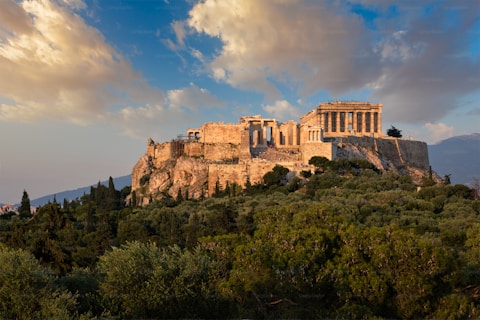Five ‘5-Star’ Mountainous Villages in Greece

As Greece is primarily a mountainous country, we want to help you see the alternative beauty of our country. Although Greece is mainly famous for its 3 S’s – Sea, Sun, Sand – Greece is an all-year-round-destination. It is just waiting to be discovered. If you appreciate nature, this article will have you clicking on ‘Book Now’ faster than you know it!
Arachova – Mount Parnassos
This cosmopolitan village is built on a slope of Mount Parnassos, which ends in a ravine, at the bottom of which flows the river Pleistos. Arachova was a small village in the mid-1970s, and was favored by its proximity to Delphi. As a passage to Delphi, Arachova benefited from a large number of visitors to the archeological site. This led to the development of winter tourism in the area which became bigger after the creation of the ski center.
Stroll through its cobblestone alleys and admire the houses with red-tiled roofs and their steaming chimneys. The flowered balconies add a pop of color to the village giving it a fairytale-like aspect. Climb the 264 stairs to the church of Saint Giorgis, at the top of the village, to gaze from there at the amazing view of the fir-covered slopes of Parnassos and the Delphic landscape. At this church, which dates from 1676, the three-day “Panigyraki” festival takes place every year in memory of the battle won by the locals in 1826.
The village of Arachova is a gastronomy heaven and all the foodies out there will very much enjoy the different cuisines. If you seek traditional Greek cuisine, you know that you will find the best of the best. Taste the famous skewers, kontosouvli, and kokoretsi. Maybe a lamb casserole for those who do not want anything grilled. Perhaps a bean soup, with plenty of carrots and celery. You can eat at a French restaurant and try their epic cheese fondue, French onion soup, and authentic Tarte Tatin. If you’re in the mood for Italian cuisine order the breaded formaela with honey and truffle oil, carbonara with pancetta and zucchini, and, of course, a tiramisu.
Portaria – Pelion
On the slopes of Pelion, the mythical mountain of the Centaurs, with the lush vegetation and the cobbled streets, the stone-built fountains from which crystal-clear water flows, the old churches, the squares, and the local delicacies is Portaria. It took its name from Panagia Portarea, a small church of the 16th century (1581). The central square “Melina Mercouri” with its age-old plane tree that offers coolness during the summer months, but also its hydrangeas, is surrounded by taverns making it a popular spot for locals and visitors.
There is a ski center, at “Agriolefkes” (12 km from Portaria), at an altitude of 1,500 m. From the ski slopes you have a view of the Aegean Sea on one side and the other the Pagasitic Gulf! There are a total of 6 slopes and 5 lifts, ski schools and equipment rental, first aid station, chalet, and shelter for coffee, food, accommodation.
Visit the folklore and history museum. It is in the two-story mansion of Zoulia (1864) and, among other things, you will see old photographs, documents with the history of the place, traditional costumes, everyday objects, embroidery, the hall of the Egyptians, etc. Also, downstairs, you will see paintings by the artist Chrysoula Zogia. If you want to buy local products, look no further than the Women’s Agritourism Association “Portaria”. Founded in March 1997, it consists of 35 members. The showroom of the cooperative is located on the main road, opposite the square. There, you will find traditional spoon sweets, jams, honey, liqueurs, herbs, noodles, trachana, pickles, and tomato paste. Make sure you pick up as many products as you can. It doesn’t get more authentic than this.

Papingo – Zagori
The village of Papingo is built at the foot of Astraka. Divided into two settlements, Big and Small Papingo, which are two kilometers apart. An impressive element of the landscape is the five imposing “towers” of Astraka that rise above the settlements. It is first mentioned by the Byzantine Emperor Andronikos in 1325 just Like most villages in Zagorochoria. From the 18th century, the area also developed spiritually. Schools and libraries operated. A Greek school was founded in Papingo in 1780.
It is undoubtedly one of the famous villages of Zagori and has particularly high tourist traffic which is due on the one hand to its location, on the other hand to its traditional character. Beautiful traditional houses with stone roofs, well-preserved cobbled streets, and beautiful stone fountains are some of what the visitor will encounter. And all this against the backdrop of Astraka, a series of huge rock formations of Mount Tymfi that rise just above the houses. Also famous near the settlement are the ‘swimming pools’. Essentially, these are large cavities in the rocky bed of the Rogovo stream which fills with water reminiscent of swimming pools. There, in summer, guests enjoy nature or a cool swim.
Papingo makes an ideal destination as the food is amazing and, the walks in the village and the surrounding area are lovely. Another reason to visit Papingo is the activities you can do. Therefore, if you are a fan of adventure then you should try some of the activities such as mountain hiking, rafting, canoeing, kayaking as well as free paragliding, for the adventurous!
Dimitsana – Arcadia
The jewel of Arcadia, that will impress you with its obvious beauty. The solid architectural ensembles with the stone mansions and the cobbled streets, the green landscapes, the great sights but also the remarkable tourist development made this historical town a must-see tourist destination. The traditional settlement in mountainous Arcadia seems to have started its development in the 12th century. From the very first years of Ottoman rule, it turned into a commercial center. Dimitsana was a cultural center thanks to their Schools founded in the 18th century. Its inhabitants were famous craftsmen and merchants who scattered in the Ottoman Empire, distributing their products making their village rich and famous.
Dimitsana’s development was always aided by the Loucius River. The locals exploited it in the best and most respected way. They built stone and watermills as well as other plumbing installations. Water has been the main source of energy for the pre-industrial period for centuries. It has helped both its technological and economic development. Today Loucios is a pole of attraction for visitors as in its rich waters there are several alternative activities. Its gorge is one of the most beautiful walking routes in Greece thanks to its rich nature and its great sights.
Buildings of great history are preserved in Dimitsana such as the Library, located in the famous School of Dimitsana since 1764. Through its halls, seven patriarchs, seventy metropolitans, and many scholars, and teachers have passed.
If you want to enjoy local flavors starring smoked meats and noodles Dimitsana is your paradise. You will enjoy the ultimate traditional food with local ingredients and old culinary techniques. It is also famous for its grilled meats, the local sausage but also the braised rooster with noodles.
Nymfaio – Vitsi
At a distance of 57 km from the city of Florina is a preserved traditional settlement. This very popular destination is ideal for winter city breaks. It is none other than the beautiful, picturesque Nymfaio. Nymfaio is one of the most beautiful villages in Europe! This mountainous “revelation” at 1,350 meters altitude is an ideal destination for travel in autumn and winter. However, also every season has something special to offer. Those who visit the area say that Nymfaio is probably the most beautiful village in Macedonia. Beech forests surround the village and with its cobbled paths and stone houses, it is a wonderful tourist attraction.
Its mansions are renovated and turned into traditional guesthouses, and shops with local products stand out. The locals will impress you with their warm hospitality. Also, try to taste as much as you can from the mouthwatering local cuisine! The Museum of Silver and Gold, Folklore and History also operates in Nymfaio. It houses rare collections of silver and gold tools, ornate jewelry and useful objects. Finally, you can see the manuscripts of the Macedonian Battle and, 60 portraits of Greek war heroes.
Also, in the area near Nymfaio, the non-profit environmental organization of Arcturus is active. It has an amazing environmental information center for the brown bear and the wolf. To get there, follow the stone path that starts from the village for about 15 minutes, in a wonderful natural landscape.
To design your personalized Greek Mountain Vacation, click here and start packing!
Feeling Ready?
From our blog
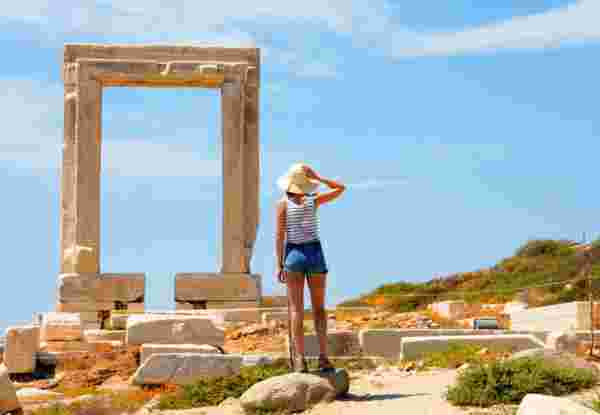
Honeymoon in Naxos: A Complete Guide
READ MORE
Visiting Athens with Kids: A helpful Guide
READ MORE
Paros for Seniors: Tips and Itinerary
READ MORE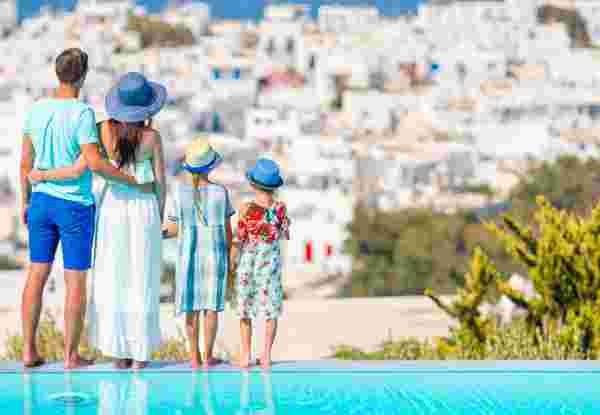
Best Resorts in Greece for Families: Your Ultimate 2025 Guide
READ MORE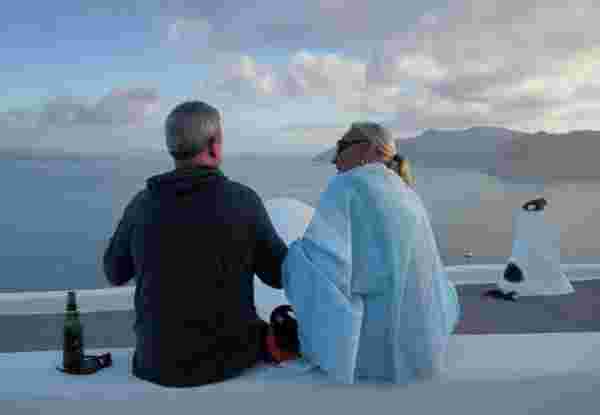
How to Enjoy Santorini for Seniors
READ MORE
Honeymoon in Paros Island
READ MORE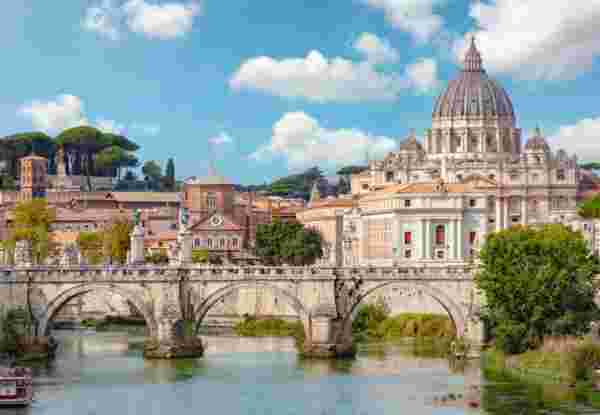
Rome Travel Guide: What to Do, When to go and Where to Go
READ MORE
The Best Greek Islands for Couples, According to a Luxury DMC
READ MORE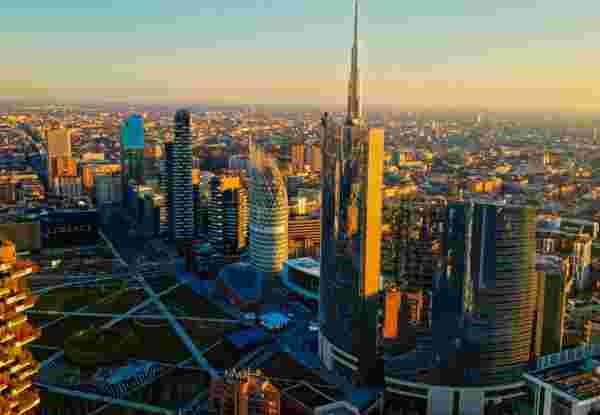
Discover Milan: Top Attractions
READ MORE
